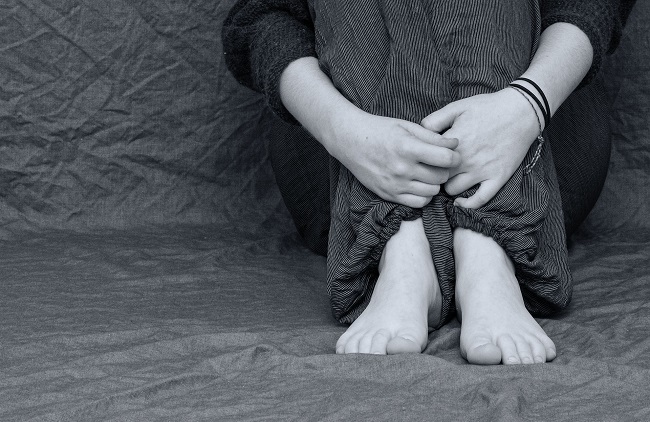Bullying is a damaging type of behavior that harms both the victim and the perpetrator. Anyone in any setting may be bullied, but certain children are more at risk than others. These include children with special needs, those perceived as being LGBT, or those who are viewed in some way as different or weaker. Bullying can lead to an increased risk of mental illness and suicide, so targeting this issue is important. In order to better prevent and fight against it, it is important to understand what is behind bullying behaviors.

Why Bullies Do What They Do
Studies of bullying have found that this kind of behavior is complex. Bullying is defined as unwanted, aggressive behaviors that are repeated; there is often a power imbalance between bully and victim. A common misconception about bullies is that they harass others because of low self-esteem. Newer research, however, has found that the opposite is true, that bullies often have very high self-esteem, and that they are often the most popular children, both with peers and teachers.
Psychology researchers found that this phenomenon occurs first in the sixth grade, when kids are making a big social transition. They believe that some children respond to that transition by utilizing dominance behaviors and becoming leaders in the social hierarchy. Part of this involves bullying those lower on the social ladder.
Repercussions of Bullying
The psychology of bullying extends to the victims. They are usually the ones who a more dominant child feels will be powerless or submissive. A cycle then begins in which the bullying causes that child to become even more withdrawn and timid, while the bully continues to see him or her as a target. The consequences can be serious and long-lasting. These victims are at a greater risk than their peers for developing depression, anxiety, and, substance use problems later and for committing suicide.
What Adults Can Do
Adults play an important role in preventing and minimizing bullying. Parents can talk to their children about bullying, what it is, its effects, and the importance of speaking up about it. Statistics show that only between 20 and 30 percent of children bullied ever tell an adult. Children need to know that telling a parent or an adult at school is important, both when they are victims and when they witness bullying. Communication between adults and children is proven to help reduce bullying. It is also important for parents to teach children to stand up for victims of bullying. Of the many preventative measures studied, bystander intervention is among the most promising for curbing bullying behaviors.
Teachers and school administrators also have an important role to play in changing bullying culture in schools. Teachers can channel the dominant energy of a popular child into more constructive activities, like leading class activities, for instance. Children who are likely to get victimized need more social support, and buddy programs have proven helpful in connecting children to each other to make new, protective friendships.
Parents can also learn more and take a more active role in preventing bullying by visiting StopBullying.gov, a Health and Human Services website with practical resources. Here, parents can find out what laws apply in their states or cities, and how to advocate for better anti-bullying policies. The site also offers a bullying prevention training course, open to all interested adults, as well as resources to educate and empower children about bullying and what they can do to help themselves and other children.
Bullying is a type of behavior that is unacceptable and yet continues to persist in schools and other social settings. The consequences are proven to be damaging to children but stopping bullying has been challenging. More research has concluded that school-wide anti-bullying programs can be effective and continues to uncover the psychology behind these behaviors and how this greater understanding can help children.
 Posts
Posts